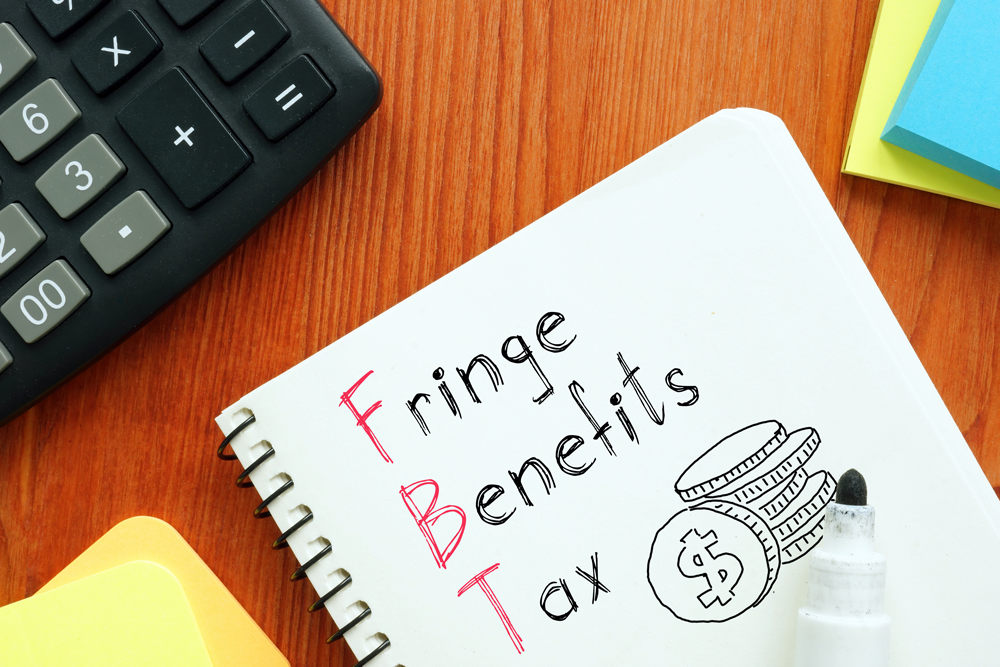Recent Tax Changes
There have been a number of recent changes to tax legislation. Here we provide you with an overview of some of the key recent changes that could impact on you and your business.
New threshold for capital gains withholding
With effect from 1 July 2017, for any real estate transactions of $750,000 or above, the vendor must provide to the purchaser, prior to settlement, a “clearance certificate” obtained from the ATO. Without this, the purchaser is required to withhold 12.5% of the price and pass this on to the ATO. The vendor would then need to wait until lodgement of their income tax return before they could recover the withheld amount.
The laws were introduced to overcome the problem of foreign residents selling real estate and avoiding their capital gains tax liabilities. However they also apply to Australian residents who dispose of Australian real estate.
The ATO recommend applying for a clearance certificate at least 14 days before it is required.
Reduced company tax rate
The Government has passed legislation to progressively reduce the company tax rate for companies with a turnover of up to $50 million as follows:
|
Income Year |
Applicable Turnover Threshold |
Company Tax Rate |
|
2015-16 |
2 million |
28.5 |
|
2016-17 |
10 million |
27.5 |
|
2017-18 |
25 million |
27.5 |
|
2018-19 |
50 million |
27.5 |
|
2019-20 |
50 million |
27.5 |
|
2020-21 |
50 million |
27.5 |
|
2021-22 |
50 million |
27.5 |
|
2022-23 |
50 million |
27.5 |
|
2023-24 |
50 million |
27.5 |
|
2024-25 |
50 million |
27 |
|
2025-26 |
50 million |
26 |
|
2026-27 |
50 million |
25 |
It appears that the Government’s intention in making these reductions was to encourage small to medium businesses to reinvest the tax savings in their business, and in turn promote employment and investment growth.
However, this intent became clouded recently when the ATO issued a draft Taxation Ruling in which it stated that, in its opinion, companies that were engaged in passive investments in shares and property could be seen to be carrying on a business, and thus eligible for the reduced company tax rate.
In response to this, the Government has stated that it will soon move to introduce legislation clarifying that only "active trading" companies qualify for the lower tax rate (and therefore not bucket companies or passive investment companies).
Accordingly, if your company because of its turnover currently qualifies for the 27.5% tax rate and you are varying or otherwise calculating its PAYG Instalments, these should be calculated based on the reduced 27.5% tax rate only where the company is actively trading.
Bucket companies and companies that are solely engaged in passive investments in shares and property should operate (and calculate their PAYG Instalments) on the basis of the 30% rate applying; irrespective of the level of turnover.
Changes to the franking of company dividends
For the 2016 income year, small business companies paid tax on their taxable income at 28.5% whilst still being able to pass on franking credits to shareholders at the rate of 30%.
However with effect from the 2017 income year, the maximum franking credit that can be allocated to a franked dividend paid by a company will be based on the tax rate that is applicable to the company for that year.
This means that if the company tax rate for the 2017 income year is 27.5%, the maximum franking credit that can be allocated to a franked dividend is 27.5%.
ATO expands access to the Superannuation Clearing House
The ATO has reminded businesses that its Superannuation Clearing House is now available to businesses with:
- 19 or less employees, or
- Less than $10 million turnover (up from $2 million).
By using this free online facility, employers can save time and administration by paying all employee super contributions to the Clearing House (rather than to each employee’s individual fund).
Change to deductions for personal super contributions
Up until 30 June 2017, self- employed individuals and those deriving passive income, could claim a deduction for personal superannuation contributions subject to meeting certain conditions.
One of those conditions was that less than 10% of their assessable income was from salary and wages.
From 1 July 2017, the 10% test has been removed which means that most people under the age of 75 will now be able to claim a tax deduction for personal super contributions (including those aged 65 to 74 who meet the work test).
Questions or further information
If you have any questions about these changes or require further information, you are welcome to contact us on (03) 5443 8888 or mgr@mgr.com.au.





